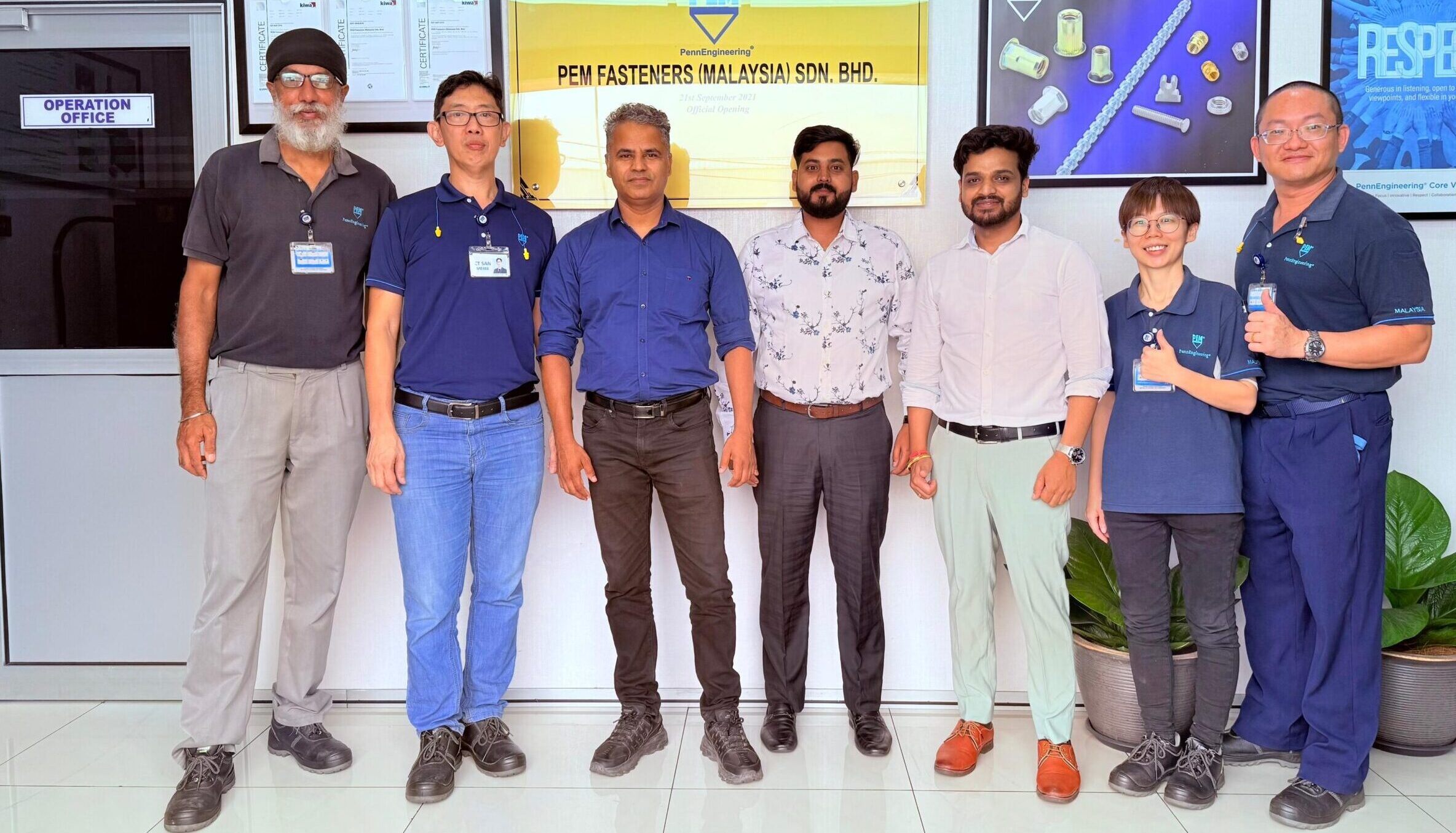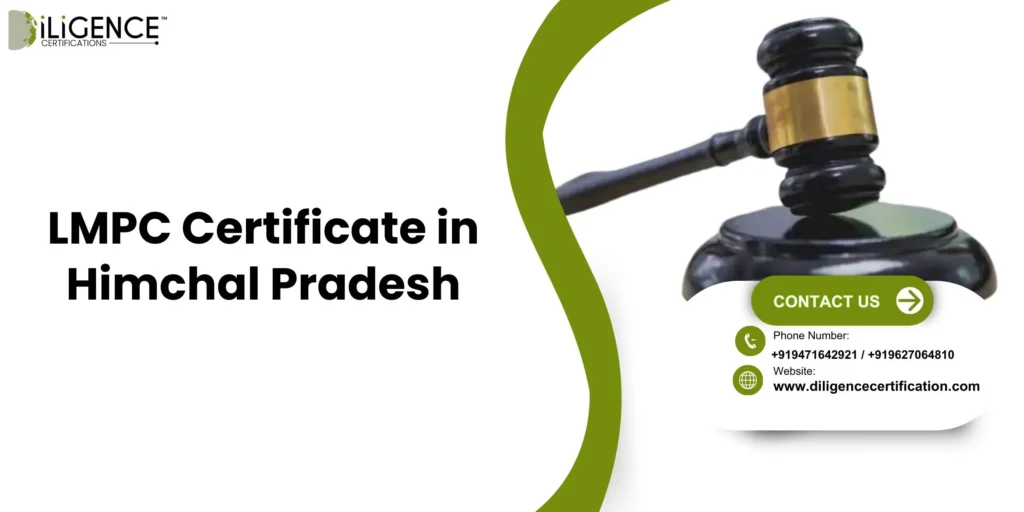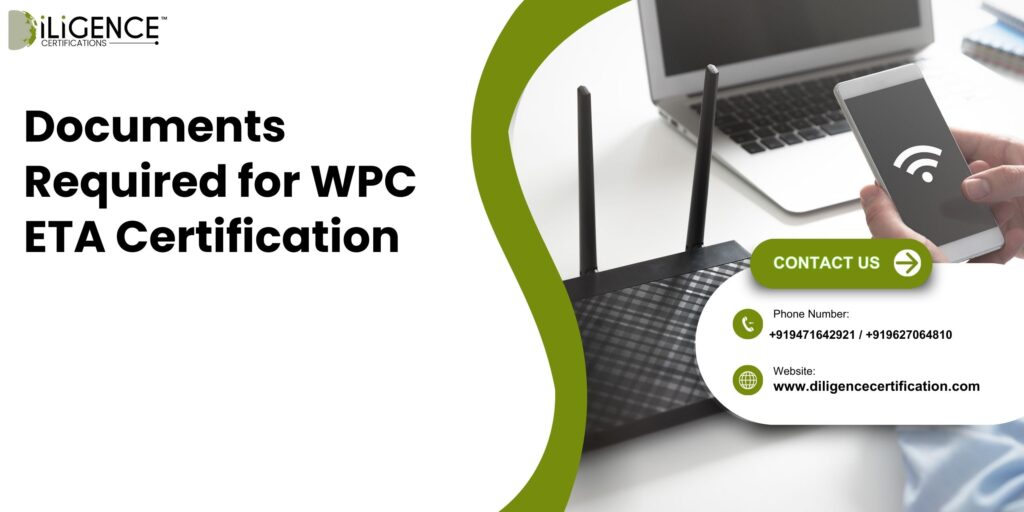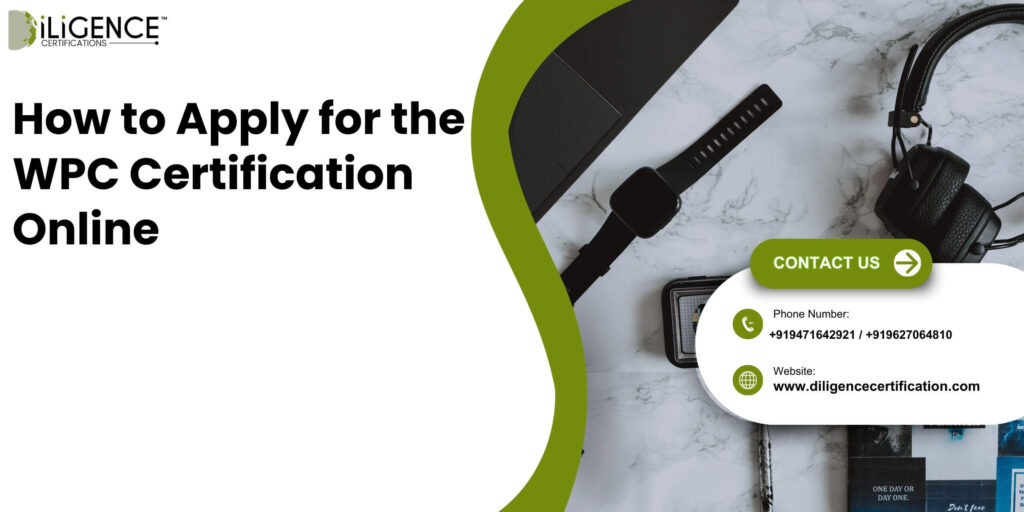- Drone Certification ensures legal, safe drone operations across India.
- Certification converts a hobbyist into a trusted drone pilot.
- It centres on Remote Pilot Licence (RPL) via the Digital Sky Platform.
- Process aligns with Drone Rules 2021 and DGCA guidelines.
Introduction
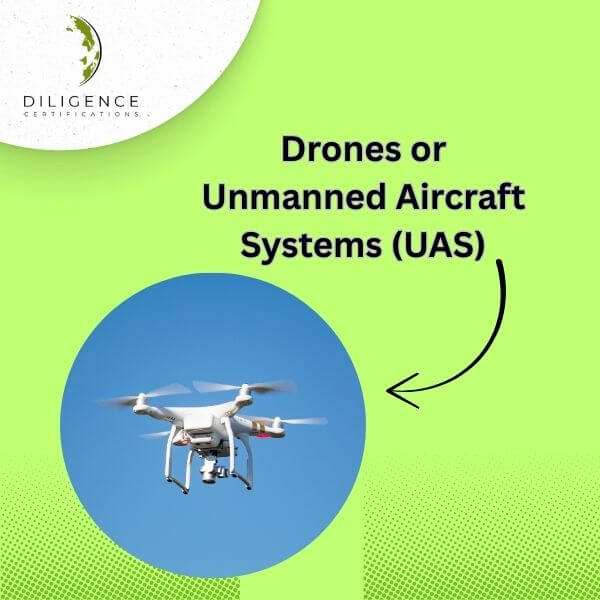
A few months ago, I met Rohit—an enthusiastic drone hobbyist from Bengaluru. He had bought a DJI Mavic Air, captured jaw‑dropping sunset clips, but hesitated to accept a paid real‑estate shoot. “Am I even legal?” he asked. That moment was my cue: in India, turning hobby into profession demands Drone Certification. Around 80% of aspiring drone pilots like Rohit feel stuck—unclear on Remote Pilot Licence, Drone Rules 2021, or how to navigate the Digital Sky Platform. This blog decodes it all, with real‑client stories, insider tips, and brand insights from DJI, Parrot, and SenseFly.
What is a Drone or Unmanned Aircraft System (UAS)?
A drone is an aircraft that operates without a human pilot. It may be remote-controlled or can fly autonomously using onboard sensors and GPS mechanisms. In general, a Unmanned Aircraft System (UAS) consists of the following:
- The drone or unmanned aircraft
- A remote pilot station (controller)
- A communication system
- Payload (camera, sensors, etc.)
Such drones are used for various tasks, including monitoring crops, deliveries, disaster management, mapping, security, and defense operations.
Drone Rules 2021: Key Regulatory Framework
Indian drone operations are governed by the Drone Rules which replaced the previous set of Unmanned Aircraft System (UAS) rules, 2021, to simplify and liberalize the regulatory environment. The rules aim at:
- Developing the drone ecosystem
- Ensuring safety and accountability in the airspace
- Promoting innovation and R&D
- Establishing ease of doing business for drone operators and manufacturers
Key points to remember from Drone Rules 2021:
- Few permissions required: Most drones require negligible permissions.
- Online approvals: Online approvals are given through the Digital Sky platform.
- No need for security clearance: No security clearance is required before registration.
- Mandatory Unique Identification Number: Unique Identification Number (UIN) is mandatory.
- A simple procedure: The easy procedure followed for pilot license applications.
Types of Drone (Unmanned Aircraft System) & Classification under Drone Rules 2021
Drones or Unmanned Aircraft Systems (UAS) are classified under the Drone Rules not only according to their construction but also according to their operational control and weight. This classification helps in maintaining proper safety regulations and regulatory processes based on the purpose and capability of the drone.
Categorization of Unmanned Aircraft Systems (UAS)
UAS are structurally categorized into the following three broad categories depending on their configuration:
Aeroplane-type UAS – Fixed-wing drones that are suitable for longer flight ranges and endurance.
Rotorcraft-type UAS – Comprises multi-rotor drones (such as quadcopters), which are suitable for precision, vertical takeoff, and hovering.
Hybrid UAS – A combination of the characteristics of both aeroplanes and rotorcraft, providing efficient flight and movement .
These structural categories are further subdivided into:
Remotely Piloted Aircraft System (RPAS): Flown by a trained remote pilot in active control.
Model Remotely Piloted Aircraft System: Generally utilized for training, recreational, or demonstrative functions.
Autonomous Unmanned Aircraft System: In a position to accomplish duties devoid of human inputs or actual pilot commands.
There are distinct working rules under the Drone Rules 2021 for each of the sub-categories and subject to corresponding licensing and registration processes on the Digital Sky platform.
Drones Classification by Weight
Apart from design and control type, drones are also categorized on the basis of their maximum all-up weight (AUW), including payloads like cameras or sensors.
| S. no | Drone Type | Drone Weight |
| 1 | Nano | Less than or equal to 250 grams |
| 2 | Micro | More than 250 g but ≤ 2 kg |
| 3 | Small | More than 2 kg but ≤ 25 kg |
| 4 | Medium | More than 25 kg but ≤ 150 kg |
| 5 | Large | More than 150 kg |
Different types of drones need varying amounts of regulatory attention. For instance, Nano drones are exempt from most compliance processes, whereas Medium and Large drones need complete drone certification, registration, and pilot licensing through the regulatory system.
Through these classifications, drone manufacturers and operators are able to know the legal requirements and procedures of drone registration, RPL, and drone certification in India more easily and efficiently. This organized categorization is also of crucial importance for the safe integration of drones in Indian airspace.
Drone Certification in India: Why It’s Needed
Any drone must have a Type Certificate (TC) issued by DGCA before they can register or use it, unless exempted. This certification guarantees that the drone complies with safety, technical, and performance requirements for flight in Indian airspace.
It is required for manufacturers or importers of drones within India.
Exemption of Type Certificate
Certain drones are exempted from acquiring a Type Certificate, including:
- Nano drones operating below 50 feet
- Drones employed in R&D by established academic or startup organizations
- Drones operated by the Military or paramilitary organizations
- Import of drones purely for exhibitions or demonstrations, on condition
- Nonetheless, exempted drones require registration if flown beyond the established parameters.
Process of Obtaining a Type Certificate for Drone
To receive a Type Certificate, manufacturers or importers should go through this procedure:
Step 1: Application on Digital Sky Platform
The technical specifications, test plans, and company information are submitted by the applicant.
Step 2: Testing by QCI
The Quality Council of India (QCI) or its accredited agencies test the compliance of the prototype drone.
Step 3: Testing of Prototype
Performance, reliability, and safety tests are carried out according to DGCA-approved parameters.
Step 4: Verification of Compliance
The submitted documents and test results are checked by DGCA.
Step 5: Type Certificate Issuance
In case all the conditions are fulfilled, the DGCA issues the Type Certificate.
Documents Required to Obtain a Type Certificate (Drone Certificate)
According to Drone Rules 2021, a Type Certificate is required for manufacturers of drones who want to commercialize their Unmanned Aircraft Systems (UAS) in India. The certificate ensures that the drone complies with all the safety, performance, and quality standards as established by the regulatory bodies.
The following is the list of necessary documents for drone certification in India.
1. Legal Entity Proof of Manufacturer
2. Government Authorisations & Regulatory Permissions
3. Equipment Type Approval (ETA) for UAS
4. Detailed Technical Drawings
5. Design Appraisal Report
6. Analysis and Test Reports
7. UAS Flight Manual or Logbook
8. Manufacturer’s Operating Manual
9. Maintenance Manual
10. Maintenance Inspection Schedule
11. Any Other Relevant Reports
Submission of these documents through the Digital Sky platform is the initial step towards obtaining your drone’s Type Certificate. After issuance, this certificate allows the lawful production, sale, and operation of drones in India.
Drone Registration in India
Drone registration is a mandatory step after obtaining the Type Certificate. Every drone operator must register their UAS on the Digital Sky platform and obtain a Unique Identification Number (UIN).
Step-by-Step Process for Registering a Drone

Account and Profile Creation
The applicant (individual or organization) is required to first create an account on the Digital Sky platform.
Fill the profile with all necessary organizational and identity information.
Registration is only for type-certified drones.
Submission of Application through Form D-2
After the profile is created, the applicant is required to complete Form D-2 on the Digital Sky platform.
The form asks for:
- Information about the drone
- The manufacturer’s unique serial number
- Type Certificate reference number
- Flight control module details
- Remote pilot station serial number
- Remit the applicable registration fee as specified in Rule 46.
Verification of Application
On submission, the Digital Sky platform carries out an internal verification of all information and documentation submitted.
Difference, if any, may require the applicant to furnish clarification or resubmit documents corrected.
Grant of Unique Identification Number (UIN)
Once verified successfully, the UIN (Unique Identification Number) is granted.
The UIN is associated with:
- Manufacturer’s distinctive drone serial number
- Flight control module serial number
- Remote pilot station serial number
- The UIN shall be visibly attached to the drone prior to operational use.
Key Points:
- Registration is only possible for drones that have an approved Type Certificate.
- The registration requirement applies to all drones except nano-category drones operating below 15 meters AGL (Above Ground Level) in uncontrolled airspace.
- The UIN serves as a vehicle number and facilitates drone identification and tracking.
Transfer of Unmanned Aircraft Systems (Drone)
Drones may be transferred legally through sale, lease, gift, or any other exchange of ownership. The following steps have to be followed:
- Complete Form D-3 on the Digital Sky platform.
- Provide information on the transferor, transferee, and the UIN of the drone.
- Pay the required transfer fee according to Rule 46 of Drone Rules 2021.
- Only after successful submission and approval can the ownership be legally transferred to the new operator.
Deregistration of Unmanned Aircraft Systems (Drone)
If your drone is permanently lost , damaged, or retired, it has to be formally deregistered to prevent future legal issues.
Deregistration Steps:
- Apply on Form D-3 on the Digital Sky platform.
- Mention the UIN and reason for deregistration (loss, damage, etc.).
- Pay the deregistration fee as laid down under Rule 46.
The deregistration procedure assists the DGCA in having a live and up-to-date database of flying drones in India.
Remote Pilot Licence (RPL): Mandatory for Commercial Flying
The RPLi is essential for operating any drone above the Nano category for commercial or professional purposes.
Eligibility for Remote Pilot Licence:
- Must be an Indian citizen
- Age: Minimum 18 years
- Education: 10th standard pass
- Trained by a certified RPTO (Remote Pilot Training Organisation)
- Must be physically and mentally fit
Documents Required:
- Passport-size photograph
- Proof of address (Aadhaar, Passport)
- Training certificate from RPTO
- 10th certificate/mark sheet
- Medical fitness certificate
Procedure to Obtain a Remote Pilot Licence
- Register on the Digital Sky platform
- Upload training documents from RPTO
- Apply online
- DGCA reviews and verifies
- RPL issued (valid for 10 years)
No separate security clearance is required, making the process faster.
Remote Pilot Training Organization (RPTO) Authorization
Organizations intending to offer drone training must be approved as RPTOs by DGCA.
Documents Required for RPTO Authorization:
- Company registration certificate
- PAN, GST
- Details of instructors (with RPLs)
- Curriculum and syllabus
- Simulator and drone equipment details
- Training facility address and layout
- Safety SOPs and emergency protocols
Procedure to Obtain RPTO Authorization
- Apply through Digital Sky with relevant documents
- DGCA conducts facility audit and evaluation
- Approval granted along with RPTO registration code
- Organization listed in the RPTO directory on Digital Sky
RPTOs are allowed to conduct certified training programs and issue training certificates valid for RPL applications.
Digital Sky Platform: One-Stop Compliance Portal
The Digital Sky platform is a centralized, online portal introduced by the Government of India to manage:
- Drone registration
- UIN and Type Certificate applications
- RPL issuance
- RPTO approvals
- No Permission No Takeoff (NPNT) systems
It ensures transparency, convenience, and ease of regulation in the drone ecosystem.
Why Choose Diligence Certification?
Understanding the complicated world of drone compliance may be difficult and confusing but At Diligence Certification, we assist drone manufacturers, pilots, and service providers with achieving complete compliance under Drone Rules 2021.
Our services include:
- Digital Sky application assistance
- End-to-end support for issuing Type Certificate
- Drone registration filing and tracking
- RPL and RPTO consultancy
- Fast-tracked document preparation
- Regulatory support on call
With an established track record in BIS, CDSCO, FSSAI, ISO, and drone certification, we streamline each step of the registration and licensing process.
Conclusion
The Indian drone industry is growing at an exponential rate, and the Drone Rules 2021 provide a solid legal framework to promote innovation while guaranteeing public safety and accountability.
Whether you are operating a drone for aerial photography, crop spraying for agriculture, or delivery of products and packages, registering your drone, applying for a Type Certificate, and securing a RPL is not only a requirement—it is a requirement by law.
Diligence Certification is your compliance partner of choice to assist you in lifting off without obstacles. Contact our drone specialists today and make your drone operations legal compliant, secure, and future-proof.
Frequently Asked Questions
What is Drone Certification in India?
Drone Certification in India means ensuring that an UAS complies with safety, performance, and airworthiness standards under the Drone Rules 2021. It is issued by the Directorate General of Civil Aviation (DGCA) under the Drone Certification Scheme.
Is Drone Registration in India mandatory?
Yes, all drones other than Nano Drones (≤ 250g) need to be registered
What is a Type Certificate for drones in India?
A Type Certificate is required for all drones (except Nano class) under the Drone Certification Scheme. It certifies that a drone model is meeting the Drone Rules 2021 and approved to sell and fly in India.
How to get a Drone Operator Licence in India?
To fly a drone (except Nano), you need to get a RPL from a DGCA-approved Remote Pilot Training Organisation (RPTO). This license allows you to fly certain types of drones in accordance with Indian law.
What is the Digital Sky Platform?
The Digital Sky Platform is an online portal developed by the DGCA for drone registration, issuance of Type Certificates, remote pilot licences, and operational clearances. All drone-related approvals are managed through this platform.
Who grants the Drone Certificate in India?
The DGCA is the only agency responsible for granting the Drone Certificate, including the Type Certification, Remote Pilot Licence, and UAS registration.
What is a Remote Pilot Training Organisation (RPTO)?
An RPTO is a DGCA-recognized institute where people are trained to become certified drone pilots. Training certificates issued by only RPTOs are necessary for getting a Remote Pilot Licence in India.
How do I register my drone in India?
To register your drone, go to the Digital Sky Platform, make an operator profile, upload documents necessary, and apply for a small UAS certificate of registration. On approval, you will be issued a Drone Certificate with a Unique Identification Number (UIN).
Does Diligence Certification help with drone licensing and registration?
Yes. Diligence Certification is a reliable consultancy providing full-cycle services for Drone Registration in India, including instruction on DGCA registration, Drone Certification, Type Certification, and Remote Pilot Licensing.
How long is a Remote Pilot Licence valid in India?
The Remote Pilot Licence is valid for 10 years , which may be renewed and maintained as per operational safety requirements.








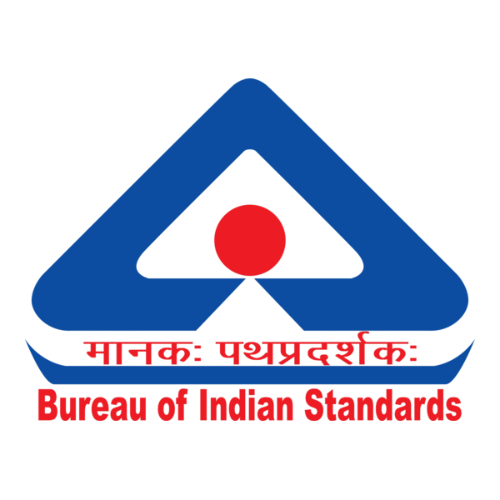 BIS Certification
BIS Certification
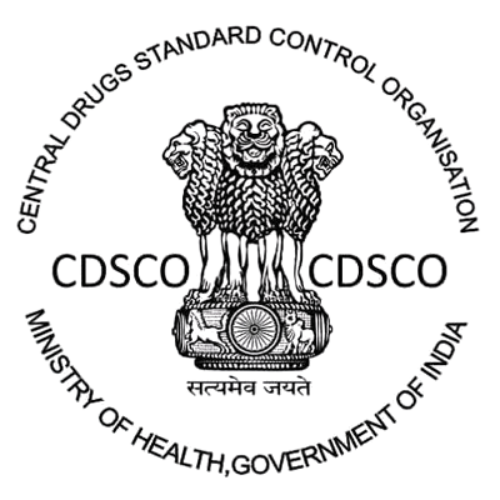 CDSCO
CDSCO
 CPCB
CPCB
 LMPC
LMPC
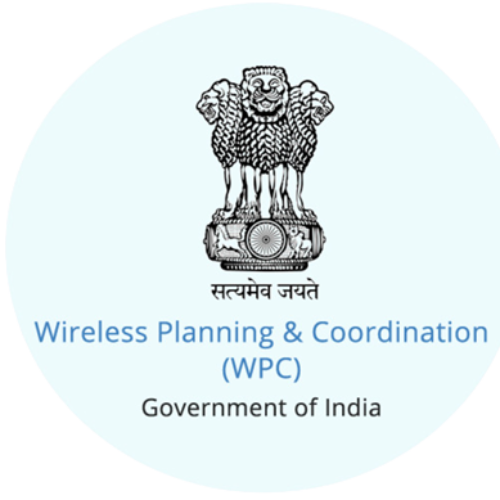 WPC Approval
WPC Approval
 Global Approvals
Global Approvals
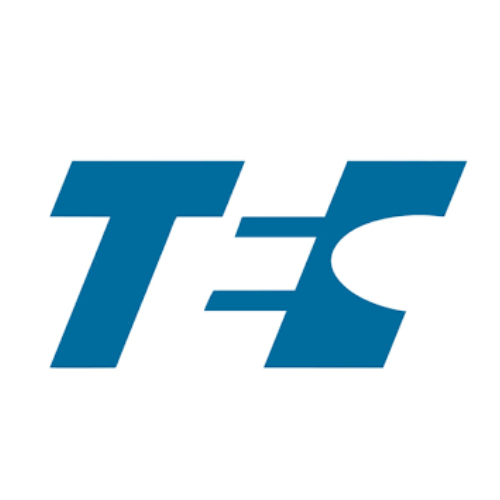 TEC
TEC
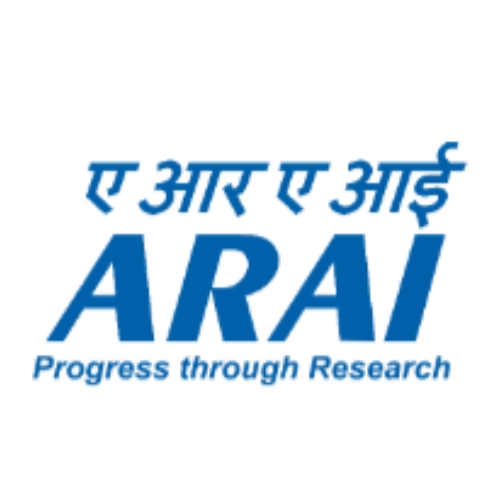 ARAI
ARAI
 BEE
BEE
 ISO Certification
ISO Certification
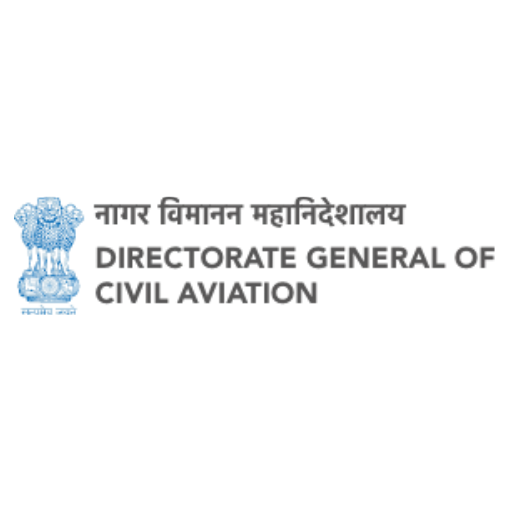 Drone Registration
Drone Registration
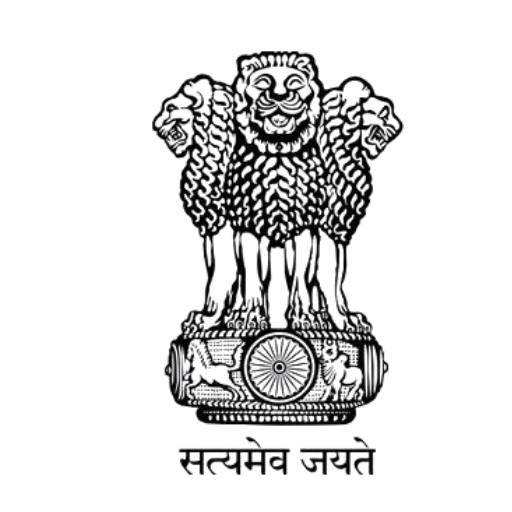 NOC For Steel
NOC For Steel



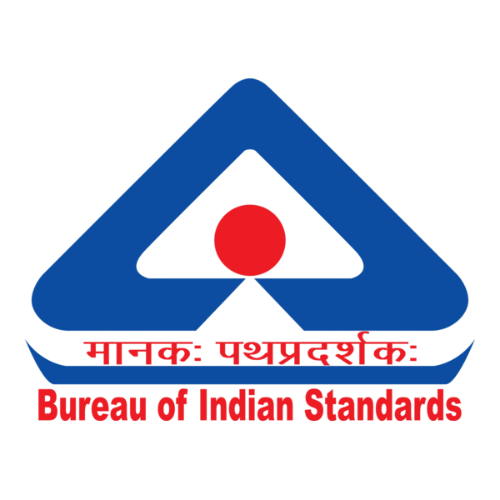




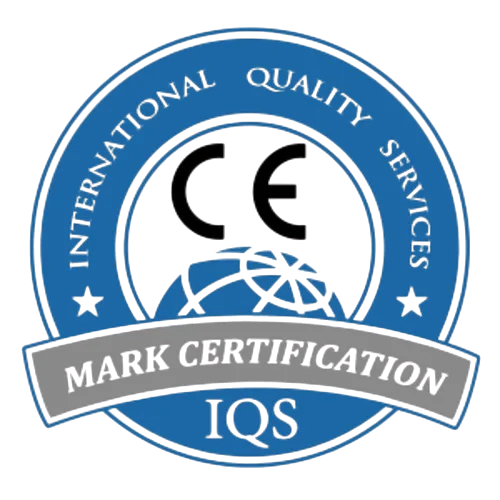


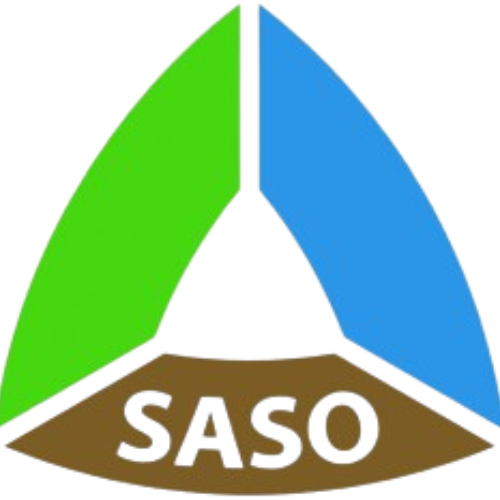


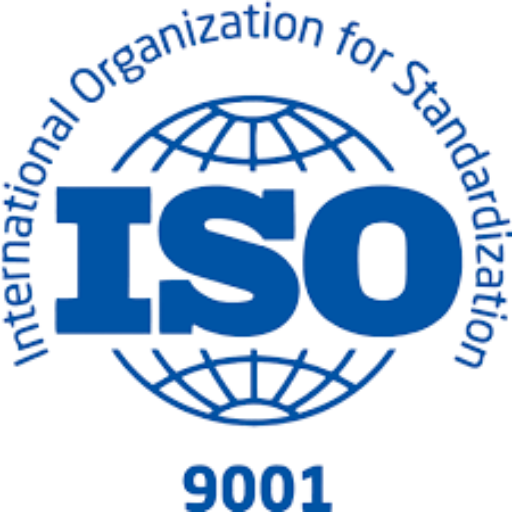
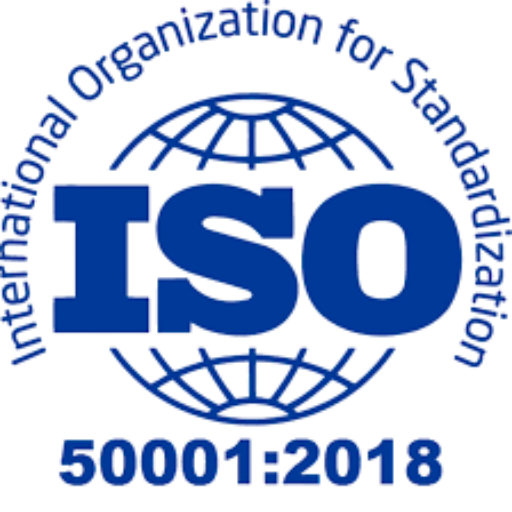

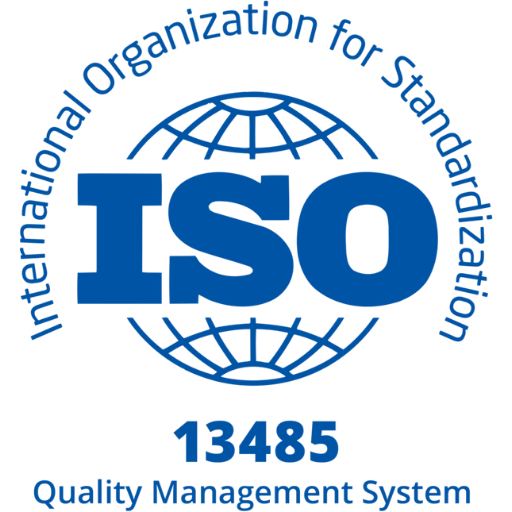

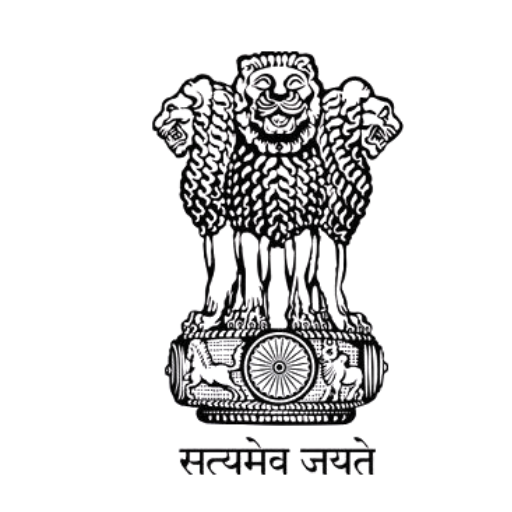 Business Registration
Business Registration
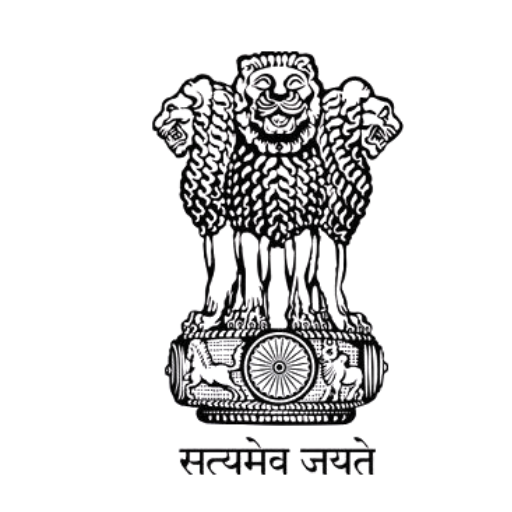
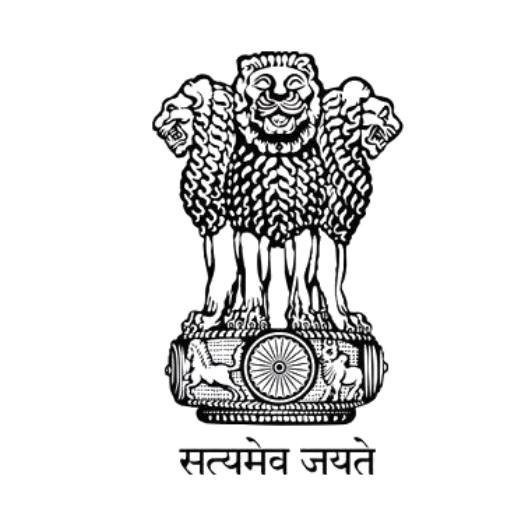

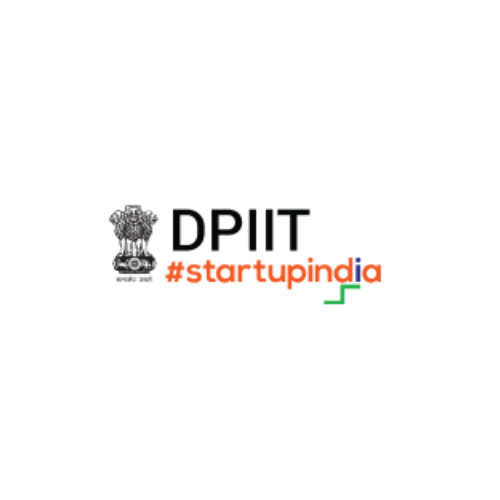


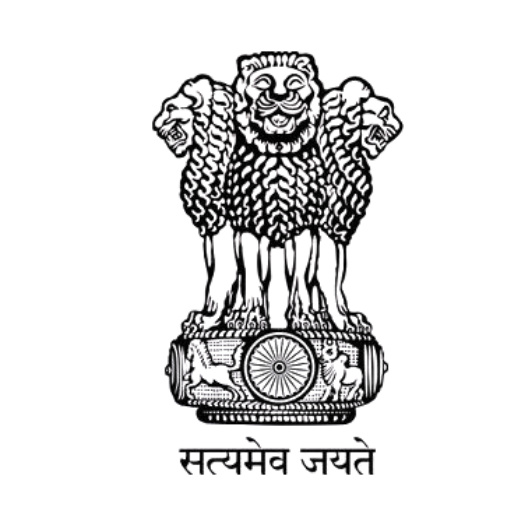

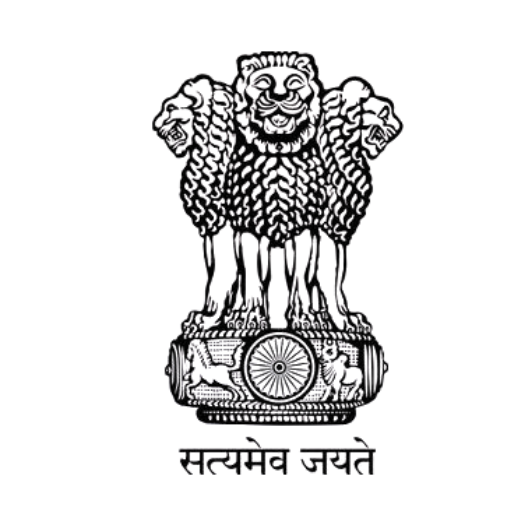

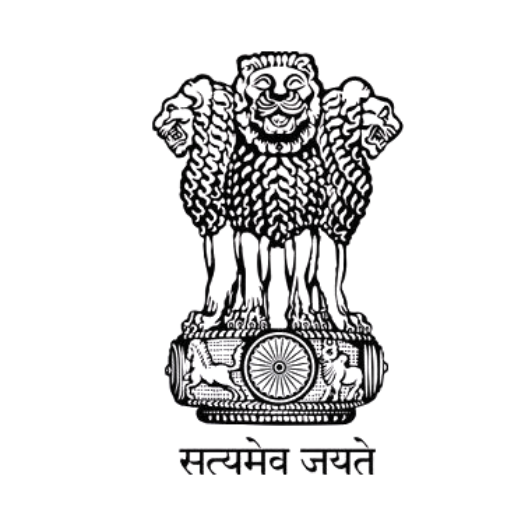
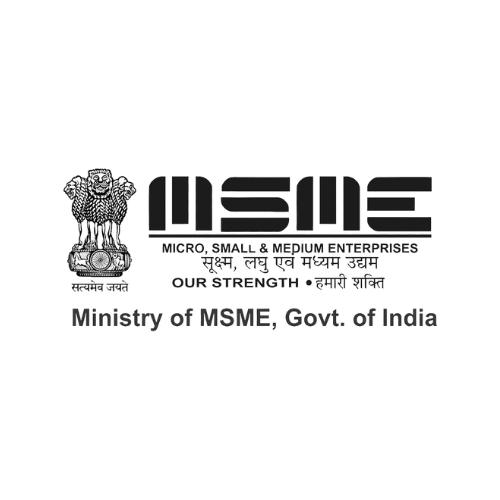

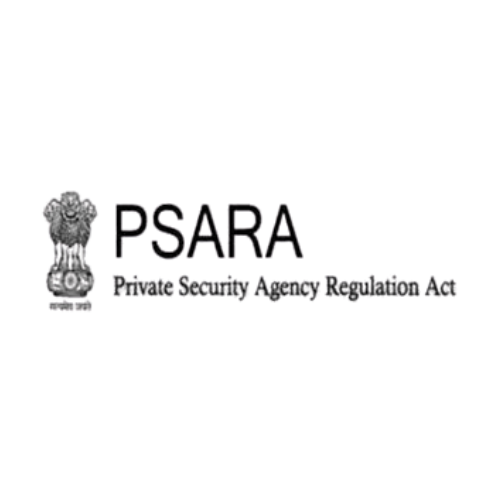
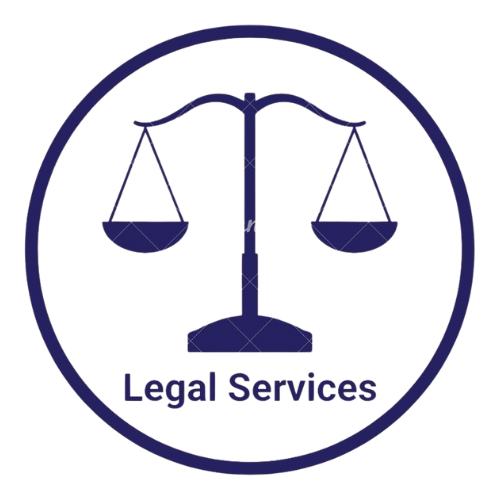 Legal Services
Legal Services
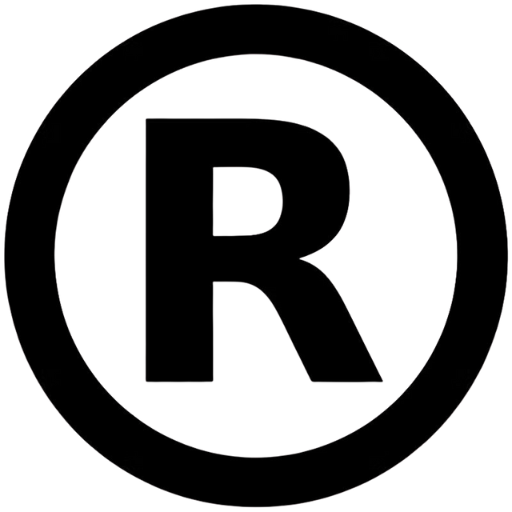 Trademark Registration
Trademark Registration
 Copyright Registration
Copyright Registration
 Patent Registration
Patent Registration















